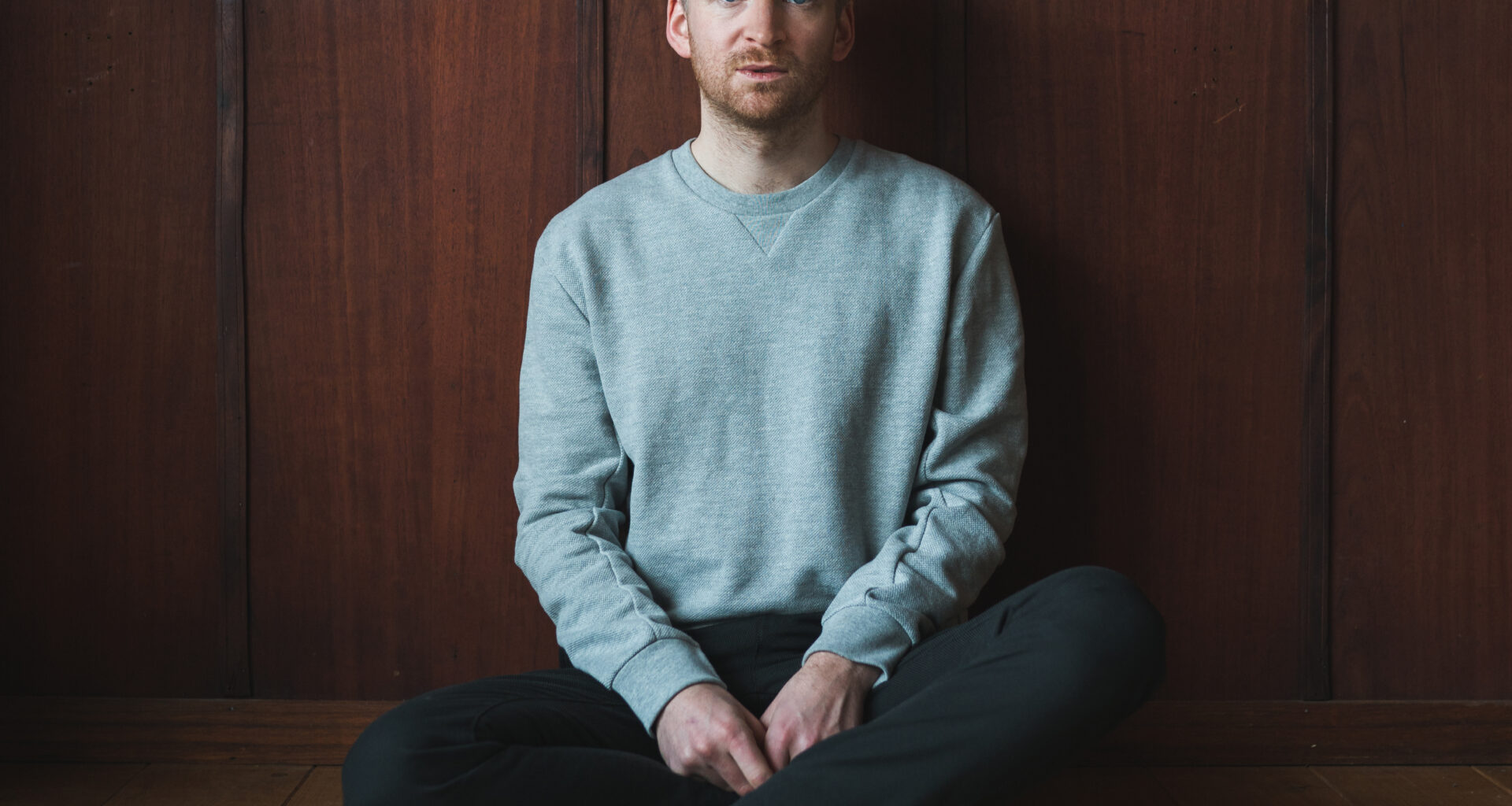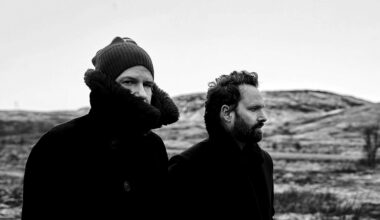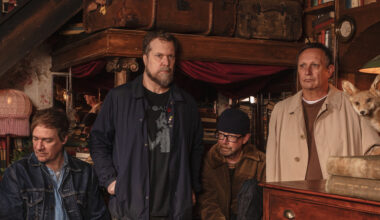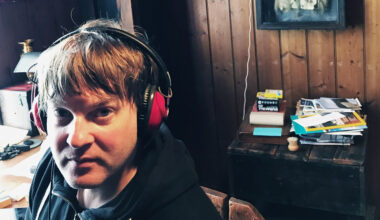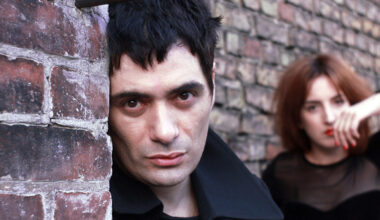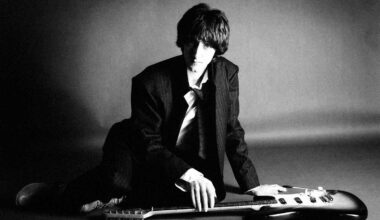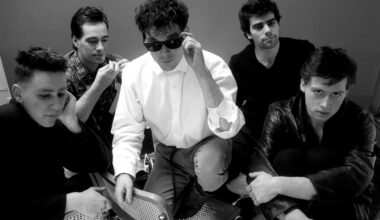‘Re:member’, the latest project from Ólafur Arnalds, finds the inventive post-classical composer sharing a stage with not one but two self-playing pianos. yup, you read that right
On a sweltering hot sunny day at this year’s Sonar Festival in Barcelona, away from the open-air stage in the main arena and DJs hammering out heavy beats, a crowd of thousands packs a darkened indoor auditorium where the faintest raised voice in the quiet is met with a rash of grumpy shushing.
Ólafur Arnalds sits centre stage at a grand piano and a bank of electronic equipment, unhurriedly teasing out streams of delicate, searching notes, each of them studiously considered. There’s a string quartet behind him and a drummer off to one side. And positioned on risers in the far back right and left corners, two self-playing pianos, their fronts open and innards exposed. Through application of a pioneering new software called Stratus (the workings of which we’ll come to in a bit), the pianos respond in turn to Arnalds’ piano, creating ripples and swarms of notes. Each time they do so, under-lighting causes the instruments to glow faintly in the dark, as if spectral figures are dancing their fingers across the keys.
It’s a strikingly beautiful performance, both sonically and visually. One that perfectly encapsulates not just the beguiling qualities of softness, stillness and peacefulness that make Arnalds’ ethereal music so vital in the midst of our hyper-active modern world, but also the subtly important role that technology plays in his very naturalistic craft.
“I draw my inspiration from technology,” says Arnalds, as we chat on the rooftop terrace of his Barcelona hotel. “It’s everything that I do. I work on the computer, I use a lot of synthesisers, I use samplers. Everything that I use to make music is some form of technology, even to the basic grand piano. So for me it is always about – how can you manipulate that, to find new creative areas? I would say that’s all my inspiration, really.”
Just don’t go assuming he’s talking about the same kind of technology that fits in your pocket.
“You see now, that’s where I think technology has things wrong,” he says. “Small things are boring. Small speakers don’t sound good. Small instruments are boring. It just needs to be big sometimes. It should be big and heavy, and there should be a lot of them – that’s my concept for this tour.”
On which note: meet Stratus, a piece of computer software Arnalds programmed over two years in collaboration with Icelandic drummer, musician and computer scientist Halldór Eldjárn. The story of Stratus is in some ways the story of his exquisite new album ‘Re:member’, his first collection of solo studio material proper in five years. It’s a record that has thrust him to the front of the current post-classical movement, which he leads alongside artists such as Nils Frahm, Max Richter and Nico Muhly among others.
Stratus uses MIDI values triggered by what Arnalds plays on his primary piano – equipped with a Moog PianoBar – to generate different sequences on two player pianos. The process can create randomised feedback and lead to progressions that might be unplayable by conventional methods.
“We call it semi-generated,” says Arnalds of a system which, while far from representing fully-fledged musical artificial intelligence, does have a mind of its own in some senses. “There are generated elements in it, and it does generate some stuff itself – there are elements that are out of my control. But it’s more like an enhancer. I insert the chord and it kind of turns that chord into something bigger than what I’ve played.”
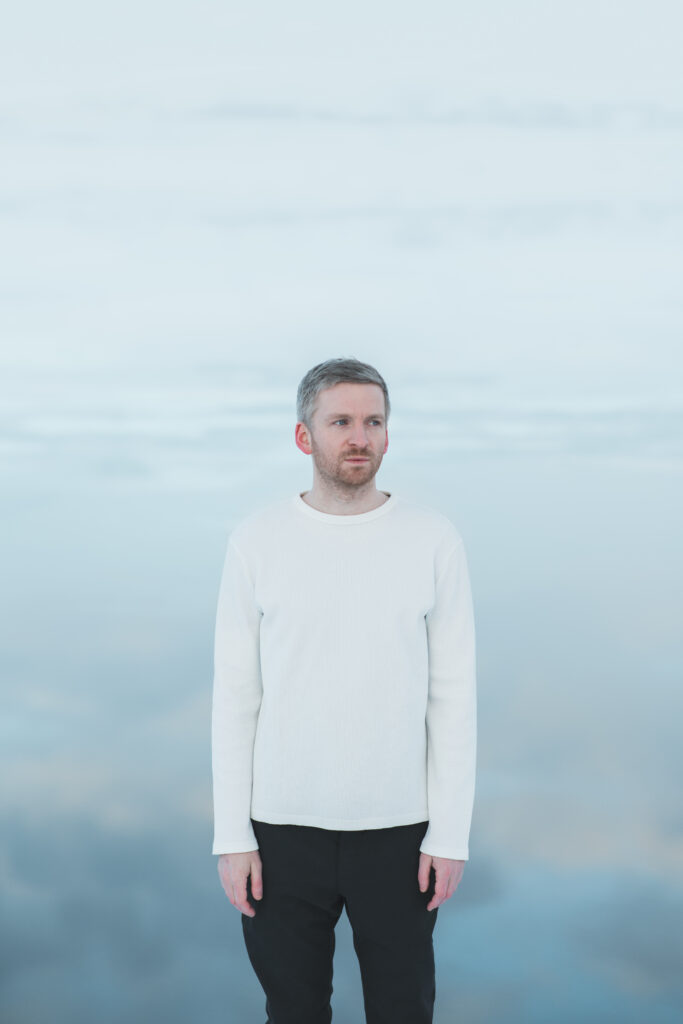
Arnalds first encountered the technology in a rawer form when he toured with Ryuichi Sakamoto as a support act early in his career, back in 2011.
“He had some self-playing pianos, he had done a tour with them,” says Arnalds. “But he had pre-recorded stuff on them and just played along to himself. Two pianos, only one Ryuichi. It was really cool. So that’s like the first time I saw it, and I just slowly started thinking, ‘What else can it do?’. And then about two years ago, I hurt my arm and I couldn’t play piano for a while. That’s when this idea came back to me. ‘Oh right, I remember those self-playing pianos, maybe I should do something with that now, because I can’t actually do anything with my hand.’ That kind of started more as a joke, but once I got them, I was like, ‘Wow, there’s so many other levels you can take this to’. You can actually use it as a tool to create music that you couldn’t otherwise create.”
Like humans, self-playing instruments can have good days and bad days – pianos are always at the mercy of temperatures and humidity, which can subtly effect their tuning.
“But that’s why we like them,” he says. “We like them real and physical. I personally avoid doing things on the laptop if I can, because that doesn’t change day by day, there are no surprises to it that can give you happy accidents.”
Arnalds is eager that Stratus shouldn’t be seen as some kind of gimmick, so he made sure not to get too carried away in using it on ‘Re:member’.
“It was a bit challenging to find enough variety,” he says, “because in the end it just sounds like a lot of piano notes. You can overdo it. So I used it on like six or seven tracks. It’s just over half the album.”
That being said, he did in effect let Stratus draw the cover art, when Berlin-based designers FELD Studios invented a piece of software that could read the data from the Stratus software, and create graphics from it.
“Each time the pianos are making a note, it puts the pencil down,” Arnalds explains. “They had all these midi controllers so they could move it around and manipulate it. The picture on the cover is the title track, I think, so you can see the notes.”
Nothing if not a musical whizz, Arnalds started his career as a drummer in hardcore metal bands, and has since gone on to become renowned in particular for his film and TV soundtrack work, including most notably on the ITV crime drama ‘Broadchurch’. In addition to recording and touring with his experimental techno project Kiasmos, a collaboration with Faroese musician Janus Rasmussen, his schedule became so insanely packed for a number of years that his solo output fell by the wayside. He was only able to complete ‘Re:member’ by purposefully making the time and getting down to business in the studio.
Even as lucrative offers of soundtrack work continue to drop into his inbox, he’s committed to staying focused on his own material, and in particular on touring, for the foreseeable future.
“I had to make a very strong decision for myself and ask, what do I want to do right now,” he says. “This is where my heart lies at the moment. I have my whole life to score films. I actually think it’s something that will be nicer to do when I’m older. The films are my pension, because you can’t really tour your whole life. Not this much, anyway. I can’t be away eight months a year if I have a family.”
He won’t be drawn as to exactly how lucrative a pension the soundtrack work may one day prove to be, but he acknowledges that major Hollywood productions frequently come calling.
“Happens all the time, this is why it is in many ways not a logical decision to say no to all of that,” he says, a little ruefully. “But it’s just not what I want to do right now. I said no to some very, very big projects in the last couple of years. That whole business is enticing. It’s something new and exciting and there’s lots of money in it and there’s a lot of famous people around. But if you start thinking, ‘What’s really making you happy?’, is it sitting in the studio 16 hours a day making music for somebody else? Or is it travelling the world with your friends? You might end up with a little bit less money, but you’ll have a good time.”
‘Re:member’ is out on Mercury KX. Special thanks to Native Instruments for their help with this feature. native-instruments.com
